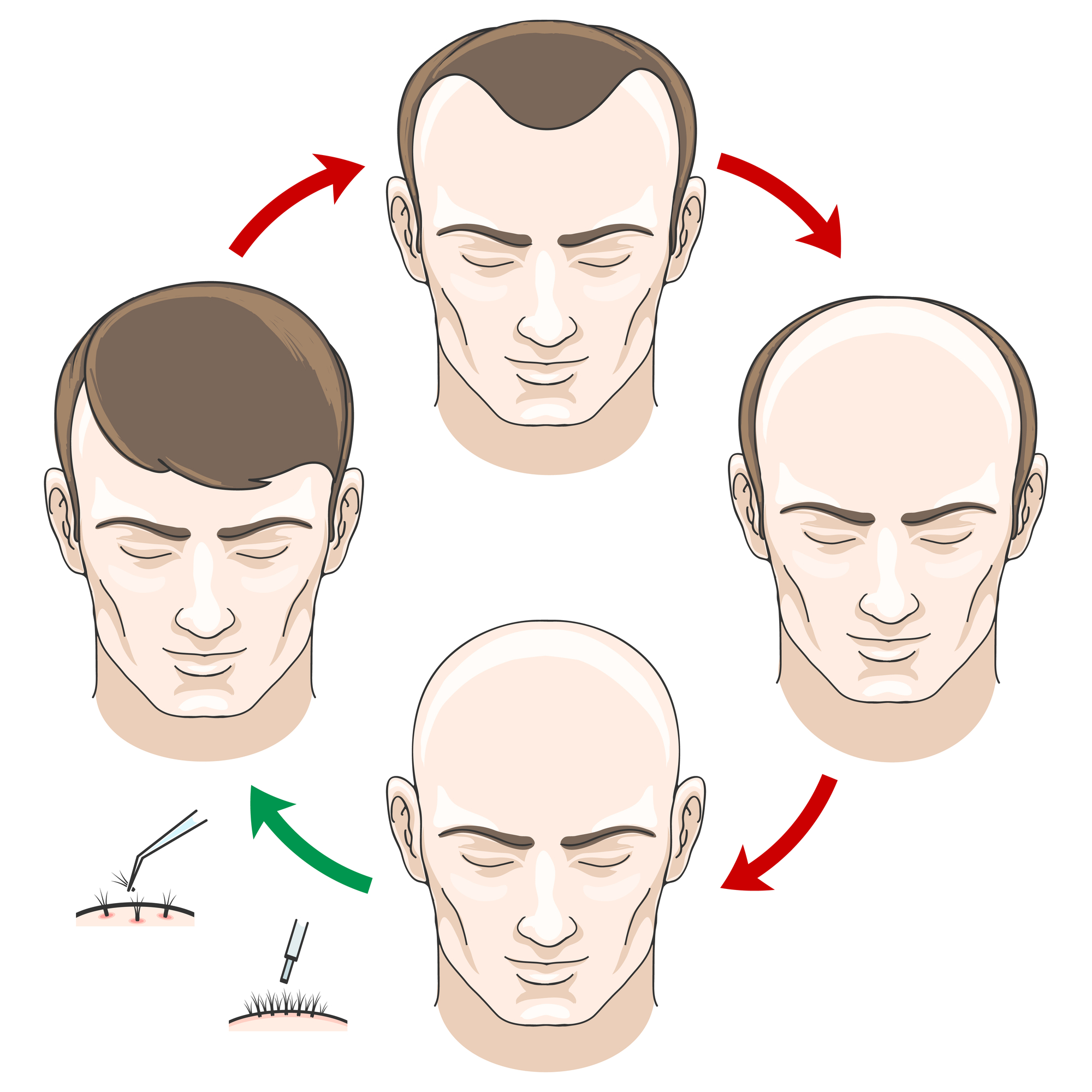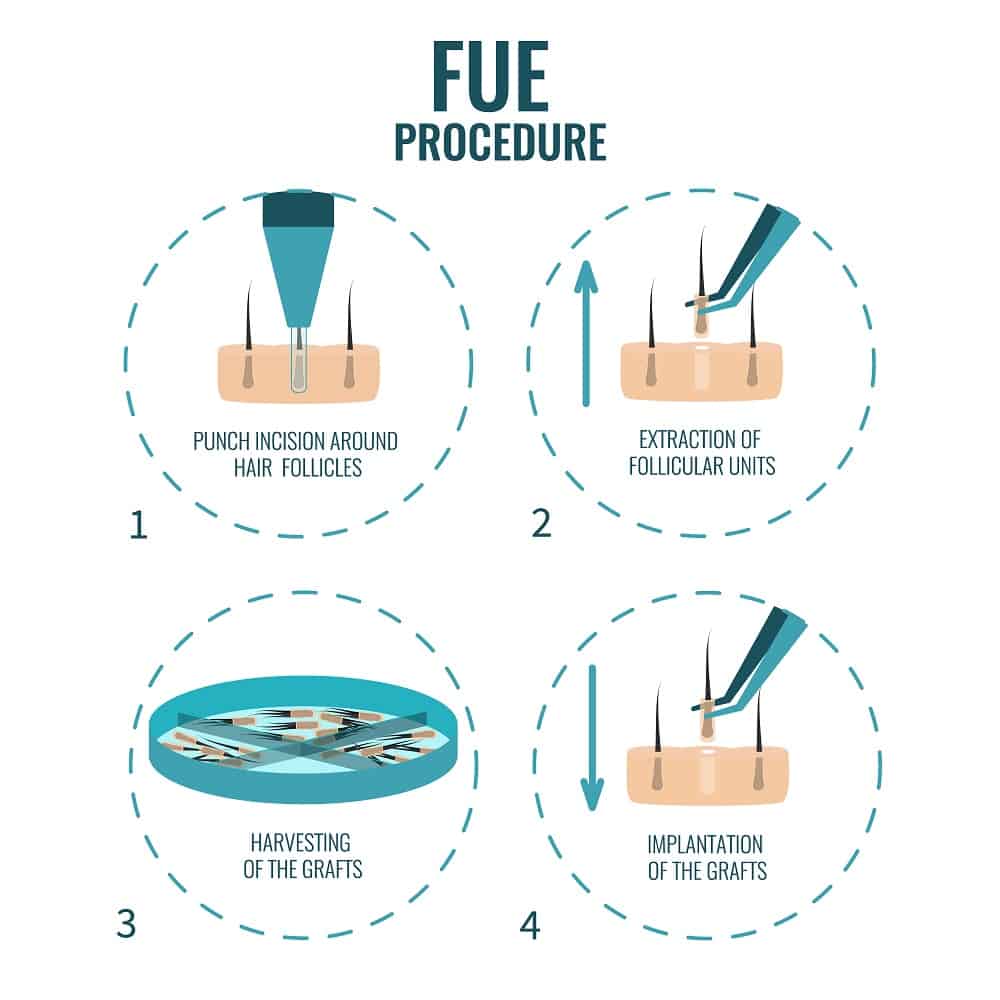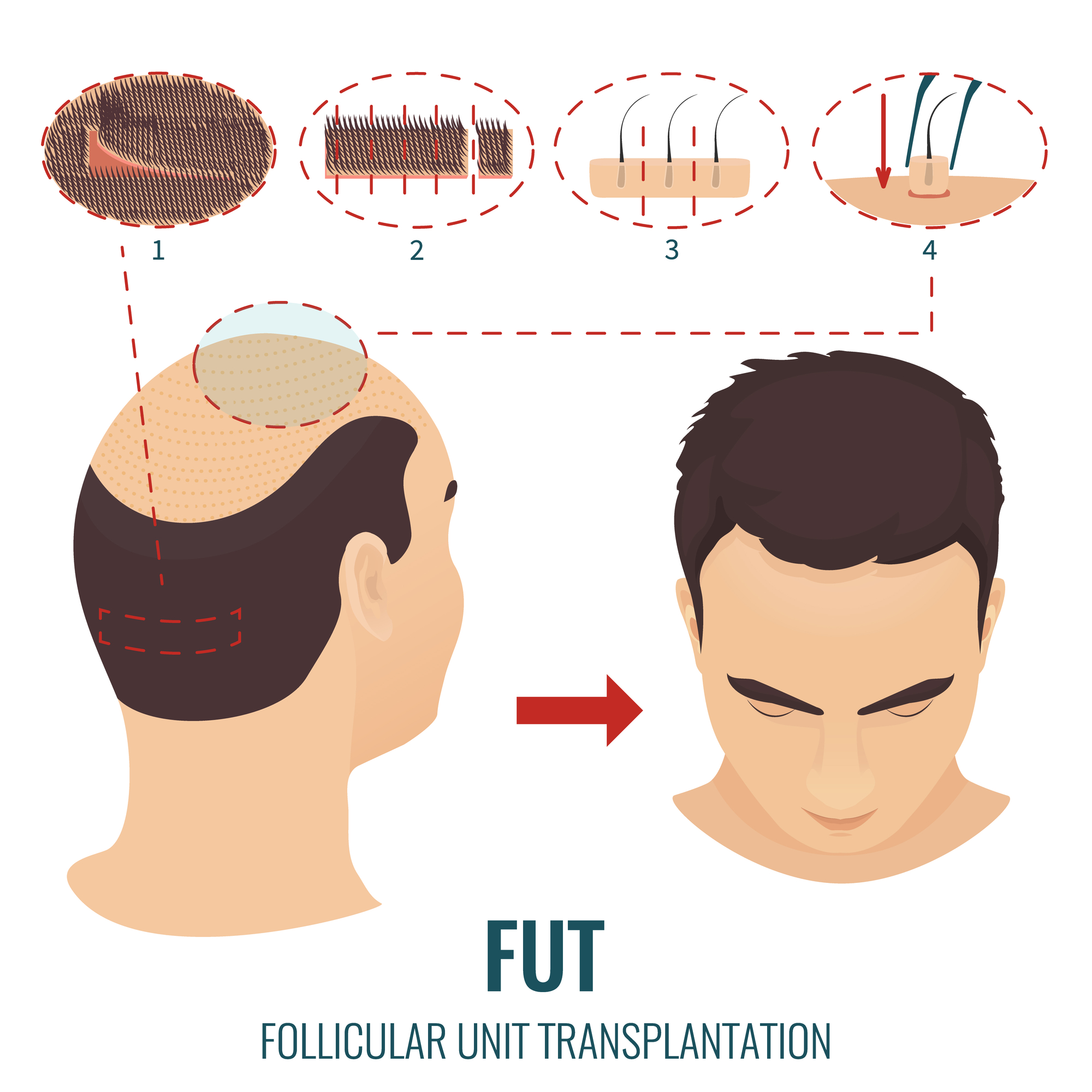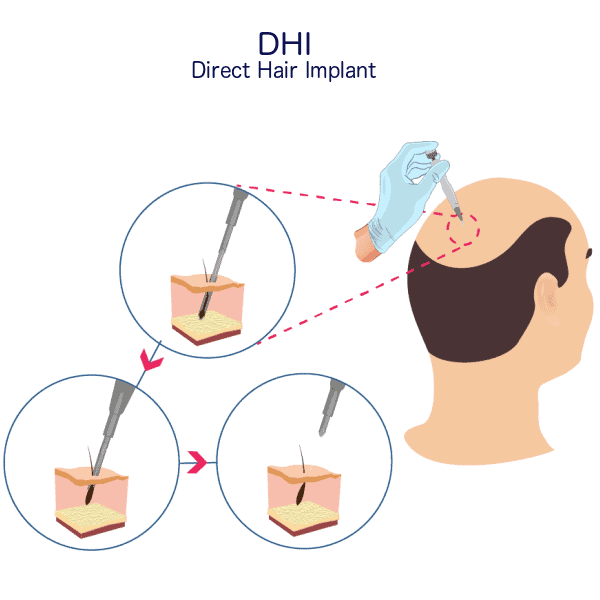How Do Hair Transplant Procedures Work?
If you’re a man currently struggling with baldness or thinning hair, then you’re far from alone. Male pattern baldness is a condition that will affect up to 30% of all men by the time they’re 30 years of age, as well as 50% by the time they’re 50.
Some men start noticing the first signs of thinning hair or impending baldness as early as their 20’s or even their teens.
Naturally, there are several hair loss treatments you can turn to, but some are much more effective at treating baldness and thinning hair than others. You can purchase and wear a hairpiece of course, but that’s hardly a proper substitute for your own naturally growing hair. Some men find limited success with topical solutions such as finestaride/minoxidil. However, the most effective way to restore a man’s thinning hair is a hair transplant.
What Happens During a Hair Transplant?
If you think that a hair transplant might be the solution you’re looking for, then it only stands to reason that you’d want to know a little something about what you’re getting into ahead of time. Let’s take a closer look at what the process is all about.
If you’re balding, you’re no doubt aware of the fact that you’re losing your hair at the front of your hairline, as well as the temples. Most men fighting baldness also experience hair loss on the tops of their head. However, the hair on the back and around the sides of the head tends to remain lush and growing in the same way the man is used to. This hair is known as donor dominant hair.
Hair transplants involve putting the patient under local anesthesia before taking portions of donor dominant hair and surgically transferring them to the parts of the head where balding and thinning has occurred. Due to the highly advanced technical equipment used during the procedure, combined with the anesthetic effects, very little to no pain is felt by the patient.
The hair has the ability to grow just as well once transplanted as it did in its original placement, allowing the balding man to restore the look and feel of his once full head of hair.
Types of Hair Transplant Procedures
There are, of course, several different types of hair transplant procedures you can choose. Which one is right for you will depend on your unique situation, as well as the recommendations of your our specialists.
FUE: This method is one of the simplest and most popular when it comes to hair transplants. FUE involves transferring living donor dominant hair in groups of two or three strands at a time. Normal, healthy human hair naturally grows in patterns that are very similar to this, so FUE allows for a natural, lifelike look. FUE is also widely preferred because the surgical cuts involved are minor, resulting in shorter recovery times and minimal scarring. (We HIGHLY Recommend this)
FUT: This method is most often used to treat more advanced or extreme cases of balding. It involves removing sections of the donor dominant hair in strips and transferring these strips to the balding areas via grafting. Cuts are then closed with sutures. Naturally, the FUT method is going to call for a longer healing time, especially if the procedure involves the performance of several grafts at one time.
DHI: The DHI technique is one of the newer, more innovative hair transplant methods prevalent today. It is also considered the most advanced option by many modern healthcare professionals. It involves extracting living hair follicles one by one and redistributing them immediately via a patented DHI implantation tool. DHI tools typically have a diameter of 1 mm or less and provide a high degree of control when it comes to redistribution.
Which of the above methods ultimately represents the right one for you will depend on how bald you are, what you’re hoping to achieve with your results, and what your budget is. To better determine which would be the best possible option for your unique situation, fill out our form to get a FREE consultation with a hair implantation specialist today.
We will also provide you with a competitive quote on the treatment you need. From there, we can move forward together and determine a course of action.
Regulated by






